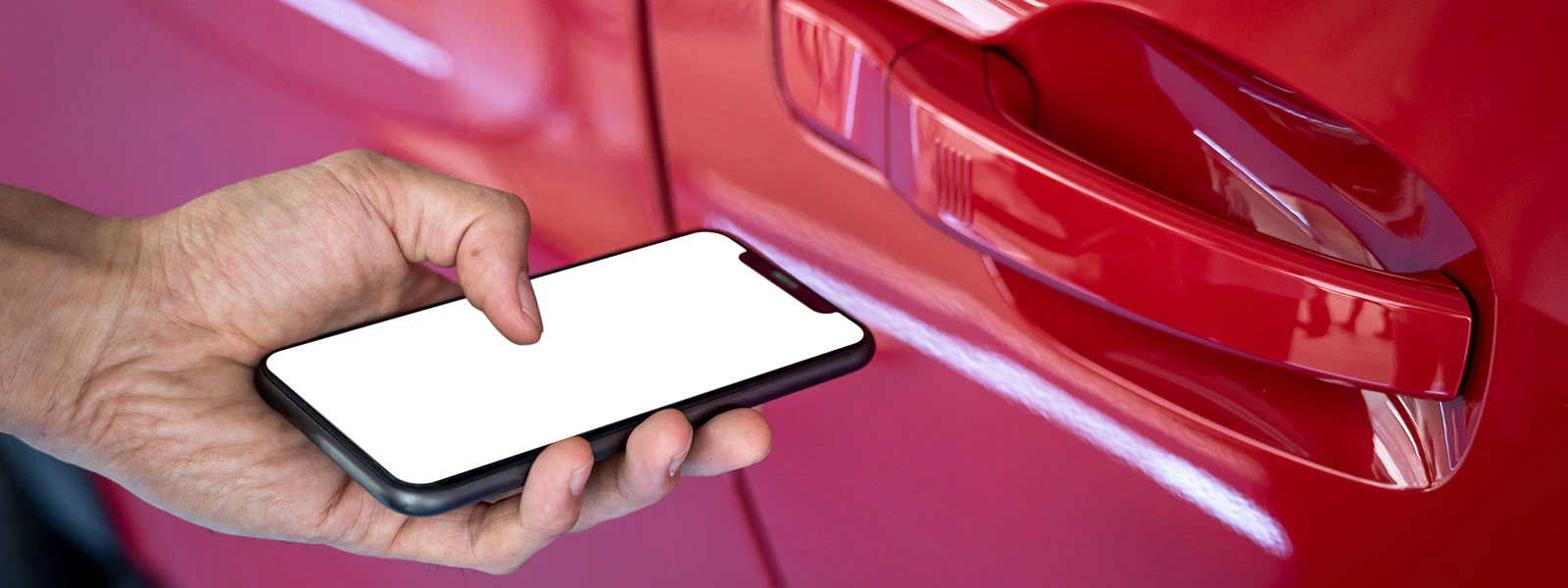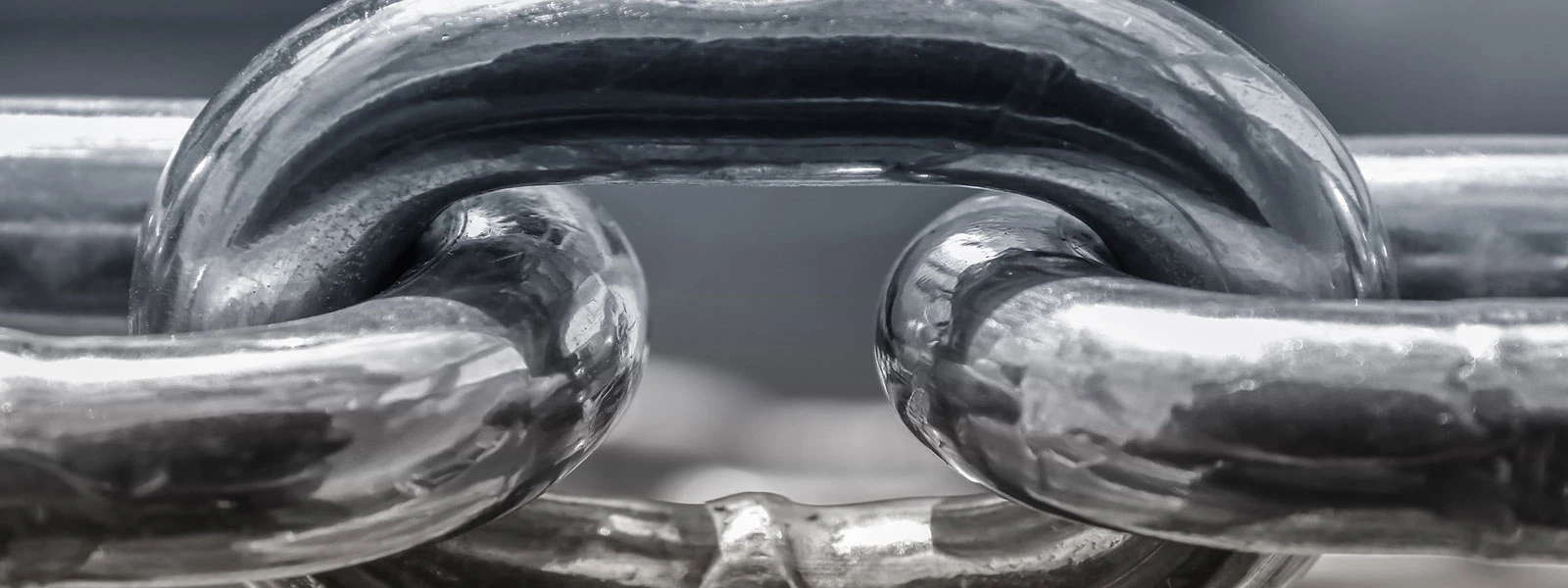
Several Ways to Troubleshoot Your Door Lock Actuator

Technology has revolutionized everything, and automobiles are no exception. Cars nowadays are more efficient, quiet, and operate better. Initially, vehicles had a manual locking mechanism. However, these days, they use electrical components.
Technology has revolutionized everything, and automobiles are no exception. Cars nowadays are more efficient, quiet, and operate better. Initially, vehicles had a manual locking mechanism. However, these days, they use electrical components.
A door lock actuator is an electronic device in the car locking system that may cause trouble over time. Suppose you are facing an issue locking and unlocking your car or observe unusually loud clucks when you lock the car door. Then, the actuator may likely be at fault.
The below article addresses all lock actuator problems and how to troubleshoot them.

What Is a Door Lock Actuator?
Modern-day vehicles have power locks operated by lock actuators. Lock actuators are electronic devices that efficiently control and monitor your car's locking and unlocking system.
A door lock actuator uses a solenoid or a reversible motor that begins functioning when the lock button is pressed. These actuators are present on all doors’ handles. However, some models also have them on dashboards and car keys.
The primary purpose of door actuators is to automate the car locking mechanism. If not for this invention, car locks would still be using traditional locks with cables and rods.
For detailed info, please refer to How to repair a door lock

Working Mechanism of a Car Door Lock Actuator
You cannot troubleshoot your car lock actuator if you don’t know how it works. Let’s take a quick view of what happens inside an actuator. Working principle, please refer to What is a door lock actuator
A small motor moves the lock through some gears. The lock assembly contains two rods. One connects the actuator to the latch, and the other extends to the door's top, linking the doorknob and the latch.
The actuator controls the movement of the latch via the connecting rod. The actuator moves the latch vertically when you press the unlock button, linking the outer door handle to the opening system. Similarly, the actuator prevents the latch from connecting to the opening mechanism when you press the lock button. Thus, preventing the door from opening.
Carlock actuators have different placements depending on the model. Commonly they are present under the door latch.

How To Test the Functioning of an Actuator before Troubleshooting?
There are several ways by which you can ensure whether the actuator is working fine or not.
- Try unlocking the door with the remote control or using the unlocking button on the car keys.
- Use the unlocking button on the driver’s door handle panel to see whether the locks work correctly.
If the lock doesn't unlock, the actuator likely has a problem and requires immediate troubleshooting.

Troubleshooting Your Car Lock Actuator
Actuators operate power door locks, and like all mechanical devices, they are also vulnerable to damages like defective fuses, corrosion, broken wires, etc. You can follow the steps below to troubleshoot your door lock actuator.
Checking Door Switches
You may have noticed two controlling switches for car door lock actuators. One is on the driver's door handle, and the other is on the respective door handle. An actuator will still work if one of the switches goes bad. However, it's best to replace or fix it for convenience.
Battery Inspection
Car keys have small batteries to control the lock actuators remotely. However, the batteries run out eventually, causing the actuator to remain unresponsive even when the driver presses the locking button.
In such a case, you can use the control panel in the car to operate the lock actuators. However, replacing the key's batteries will be more comfortable when you forget to lock your vehicle.

Greasing And Cleansing
Gathered dirt and grime cause normal functioning to disrupt. Sometimes broken pieces of foreign objects like glass or plastic may also jam the functional gears.
If you experience reluctance in the operation of the lock actuator, it may require some cleaning and lubricating. Friction jams the active components. Although dirt is trivial, its accumulation over time increases friction significantly and ultimately obstructs the actuator.
When lubricating the inner components of the lock actuator, prefer using dry lubricants as they attract less dirt than liquid ones.
Wire Upkeeps
Power locks need a battery source to function. A circuit of wires behind the door cover provides the required power. However, sometimes wires may crack, or a short spark may hinder normal functioning.
Defected wires are also a reason which restricts the working of a lock actuator. Hence, spare some time to test if the wires are working fine when troubleshooting your door lock actuator.

Component Replacement
Despite the inspections mentioned above, if your actuator continues to malfunction, examine its gear and motor.
All mechanical parts wear out over time. Hence, if the gear loses its capacity to move coherently or the motor fails to produce the necessary movements, the actuator ceases to work.
Voltage Checking
Lock actuators need a power source to work. Therefore, checking the voltage of the actuator may help resolve the issue. A voltage-checking device is attached to the actuator, the power button is turned on, and the mechanic measures the voltage on the device. If the necessary voltage is present and the actuator is not working, there may be a defective connection, switch or fuse, etc.
However, if the meter shows no voltage values when connected to the actuator, you need to check the wires connecting the actuator to the car battery.

Common Problems with Lock Actuators
Below are some common problems that may hinder your lock actuator's proper functioning.
Disrupted Connections
The door lock actuator uses several connections to control the latch movement. A faulty connection will cause the door to be stuck in an open or closed position. Most models also have a manual way to unlock and lock the car doors (through a key). However, in luxury cars, it may cause more issues with the locking mechanism of vehicles.
If you are aware of the internal workings of the door-locking system, then you can try fixing the connections. If not, then, of course, you’ll need a mechanic.
Grime Accumulation
Door locks are not air-tight; hence, grime and dust find their way into the actuator's assembly line and hinder the locking system's working.
Additionally, some broken pieces of an object may also obstruct the actuator from working correctly. The solution to the issue is to open the lock assembly of the car door lock and clean the accumulated grime.
Structural Issues
Structural issues in the lock actuator may result from a strong impact. When leaving your car for repairs, ask the mechanic to check if all the components behind the dented regions are working correctly.

Car Door Lock Actuator Troubleshooting – Replacement Costs If the General Inspections Fail?
For older models, mechanics usually found a way to fix the locking system and the door locks. However, for modern cars, the efforts are futile. Here, a replacement becomes necessary.
Replacing a door lock actuator costs above 200$, excluding labor. However, the rates vary for OEM and aftermarket actuators. A typical OEM actuator costs about 120 to 280 dollars. In contrast, an aftermarket version costs between 50 to 150 dollars. But, aftermarket actuators are not available for all models. The labor cost for replacing a door lock actuator is about 80 to 180 dollars.
Mind that labor costs may differ depending upon the actuator’s complexity and the location of the garage. Some models also have a window-controlling system in their actuators, so naturally, the replacement will be complex and expensive.

Can You Troubleshoot Individual Components of An Actuator?
An actuator consists of different parts, like a motor and a gear system. Hence, the thought of repairing the components may cross your mind. But, it is essential to note that actuators come from the factory in a solid unit. Therefore, servicing or repairing the actuators is not possible.

Symptoms Of a Bad Actuator
You cannot troubleshoot anything without knowing the evident indications. Below are some common symptoms of a bad actuator.
Intermit Working
Sometimes your locking system works smoothly, while it is unnerving or fails to function on other days. The on-and-off working of the locking system is likely the doing of a faulty actuator.
Unusual Noises
A misfunctioning actuator is the result of a jammed motor and gear system. A loud cluck sound is an ideal symptom of congested or flawed gears in the actuator.
The Door Open Light Keeps Blinking
Modern cars have a detection system to detect improperly closed doors. The open-door detecting sensor is present in the lock assembly. Hence, a problematic lock actuator also leads to the misfunctioning of the sensor. Resultantly, the warning light keeps blinking.
The Anti-Theft Alarm Turns on Randomly
The lock assembly holds the anti-theft alarm mechanism also. However, sometimes during extreme wet conditions, water seeps into the door lock. Water causes the actuator to malfunction and randomly sounds off the security alarm.
For more info, please refer to How much does it cost to repair a door lock actuator and How to replace door lock actuator motor

Wrap-Up
Modern vehicles incorporate power locks which are monitored by door lock actuators. Actuators are electronic components that may cause dysfunction over time. When it happens, the locking mechanisms cause issues. Some common symptoms include unresponsive locks, the random sounding of the anti-theft alarm, or insecure locking.
Actuators last many years. Therefore, when some issues are observed, the first step is troubleshooting rather than replacing the entire component. The troubleshooting steps are explained above. However, if the problem remains, you'll need to replace the lock actuator to protect the vehicle's security.
